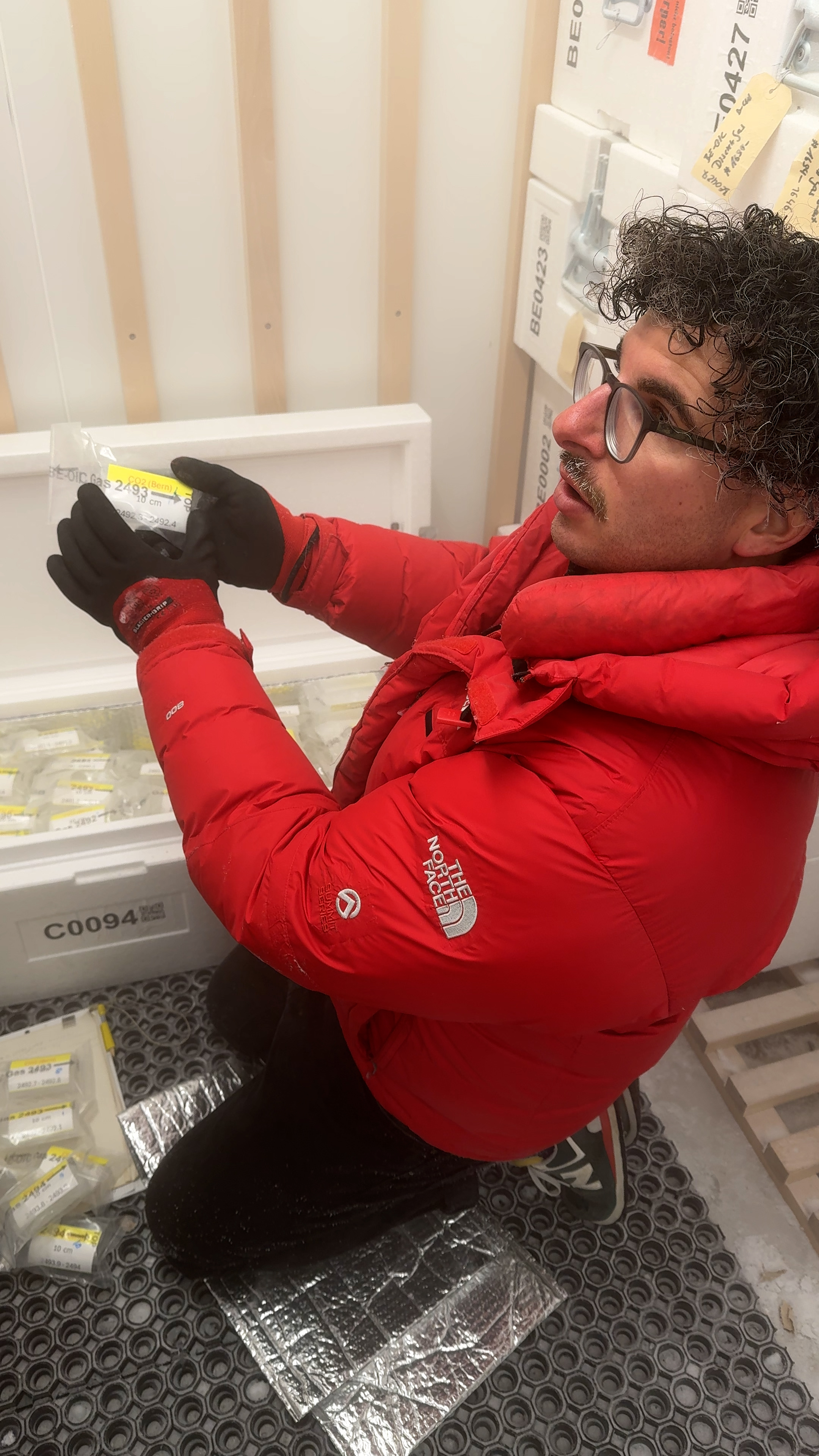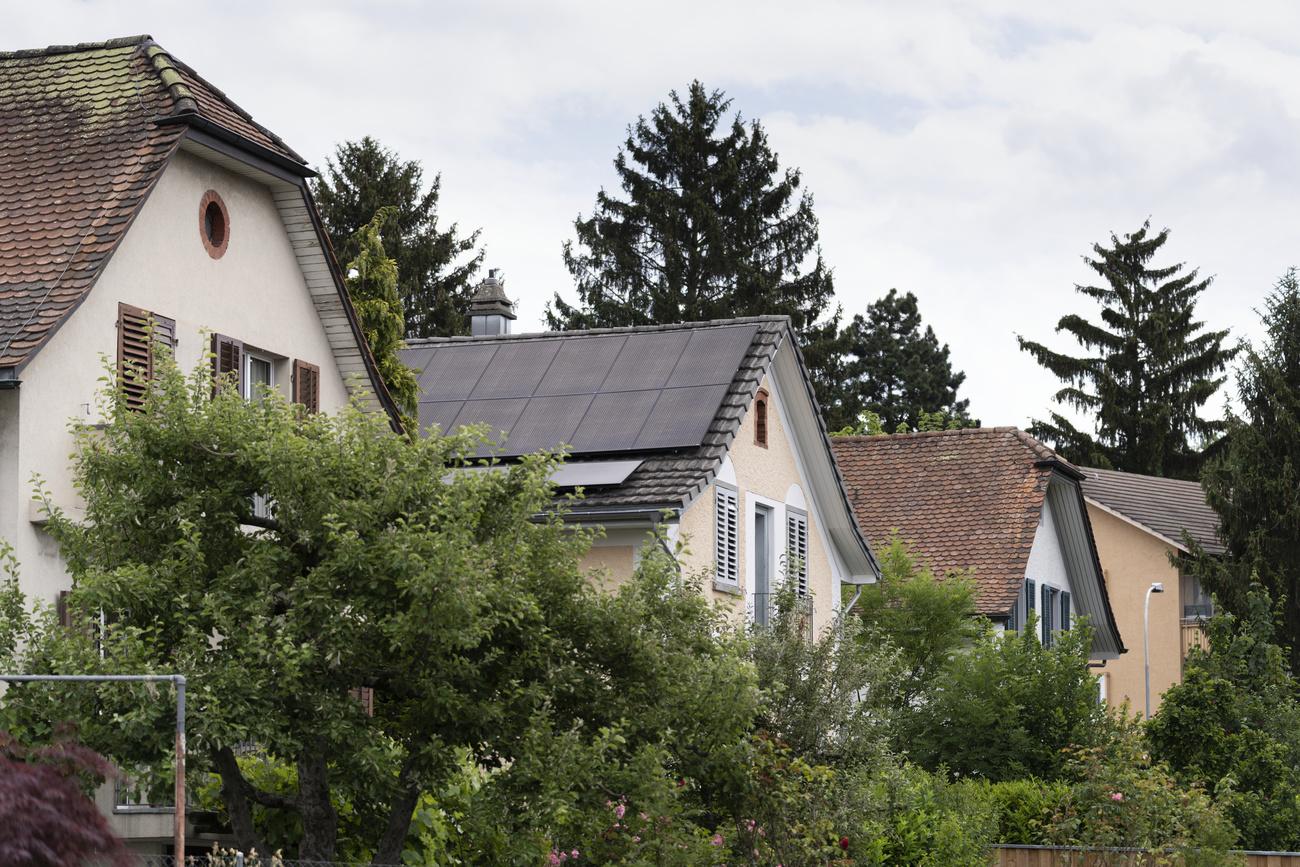
Separate formation waves explain differences in inner and outer solar systems

An international research team including experts based in Zurich have suggested a new theory for planet formation and how differences in the chemical composition of planets and meteorites came about.
Planets of the inner solar system – Mercury, Venus, Earth and Mars – are small, dry and rocky, unlike Jupiter, Saturn, Uranus and Neptune in the outer system, which are larger and hold more water and volatile elements.
According to the prevailing wisdom, Jupiter was the first to form as the solar system was developing from a disc of gas and dust some 4.5 billion years ago. The large planet cut the disc into an inner and outer region and effectively blocked any exchange of materials between the two.
In research published in the journal Science, experts drawn from the University of Zurich, the federal technology institute ETH Zurich, the University of Oxford, LMU Munich and BGI Bayreuth present a new theory.
Using computer simulations, they found that the two solar systems formed in two separate waves. They argue that the first building blocks of the inner planets – known as planetesimals – appeared at the earliest stages of the sun’s formation, with a key role played not by Jupiter but by the snow line, made up of water vapour at a certain distance from the sun. Some of this vapour condensed onto grains of dust, which clumped together to form the planetesimals.
“These were extremely rich in water,” said Tim Lichtenberg of Oxford university. The planetesimals, however, inherited the radioactive isotope aluminium-26 from the dust disc, which heated them from the inside and led to the evaporation of water and other volatile elements.
After a pause of about half a million years came the second wave of formation, this time in the outer solar system. By then the snow line had moved outward, trapping dust particles moving towards the sun. This “traffic jam” led to the creation of new planetesimals. Much of the aluminium-26 had already decayed, so fewer volatile elements evaporated away. Planets like Jupiter and Uranus are rich in gas and ice.
The researchers’ model goes on to explain the formation of terrestrial planets and illustrate how they migrated closer to the sun before settling into their current orbits. Their computer calculations correspond to data from meteorite analysis and astronomical observations, the scientists say.
News

In compliance with the JTI standards
More: SWI swissinfo.ch certified by the Journalism Trust Initiative

































You can find an overview of ongoing debates with our journalists here . Please join us!
If you want to start a conversation about a topic raised in this article or want to report factual errors, email us at english@swissinfo.ch.